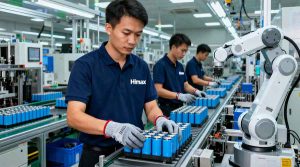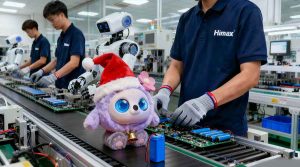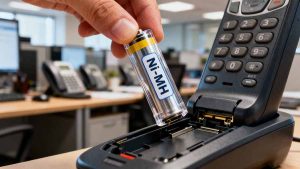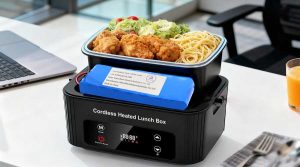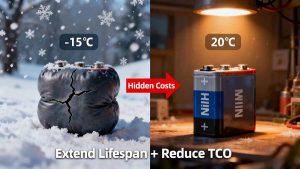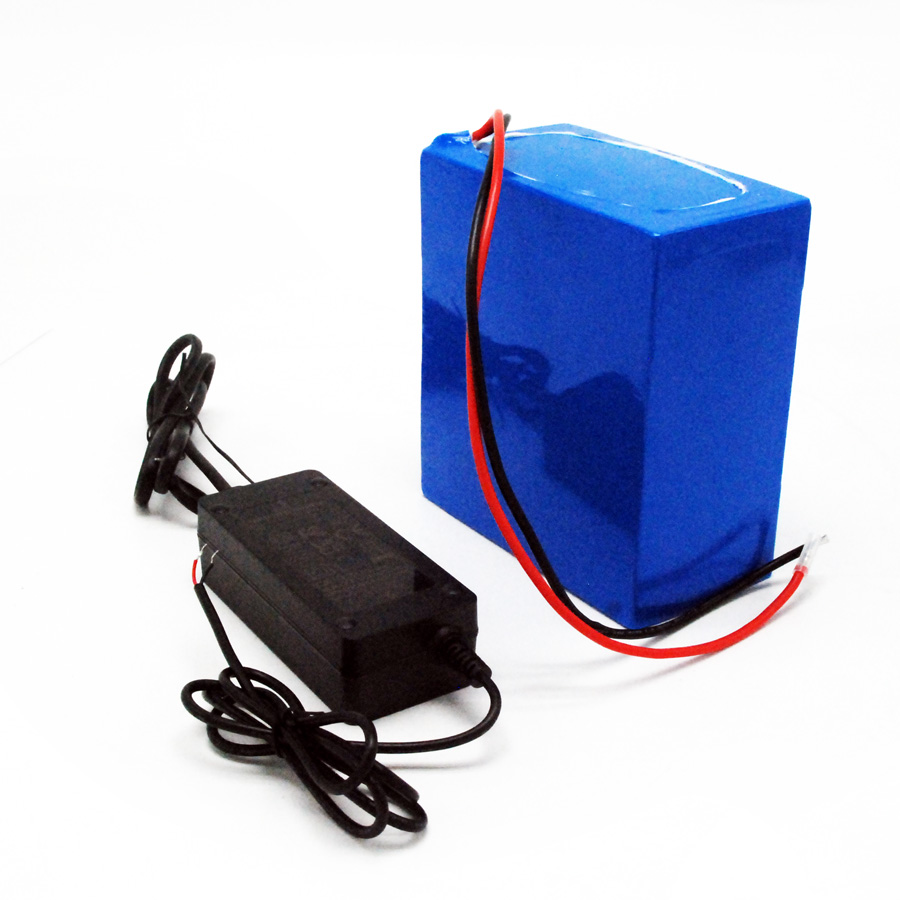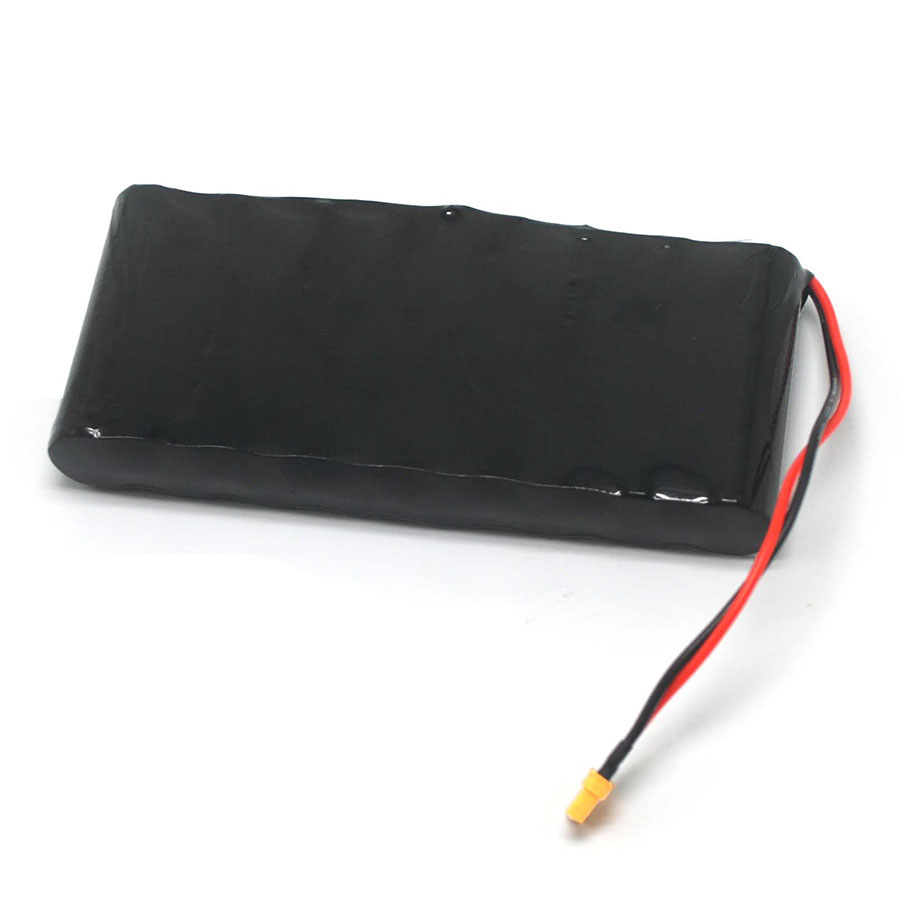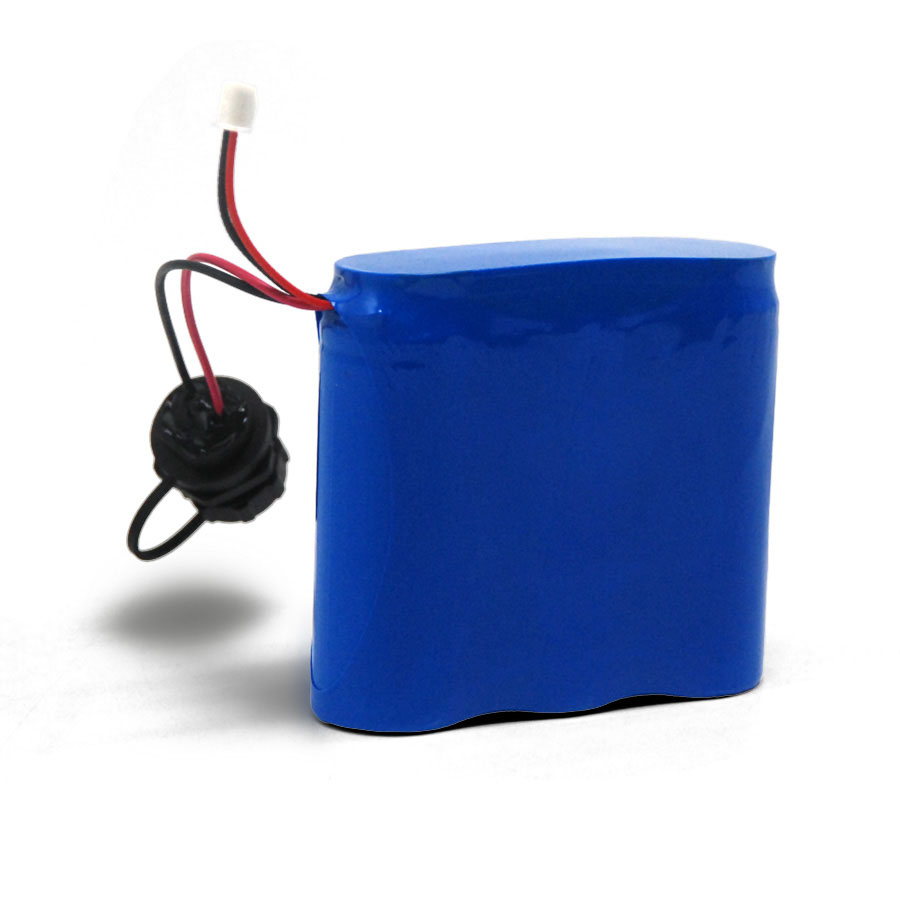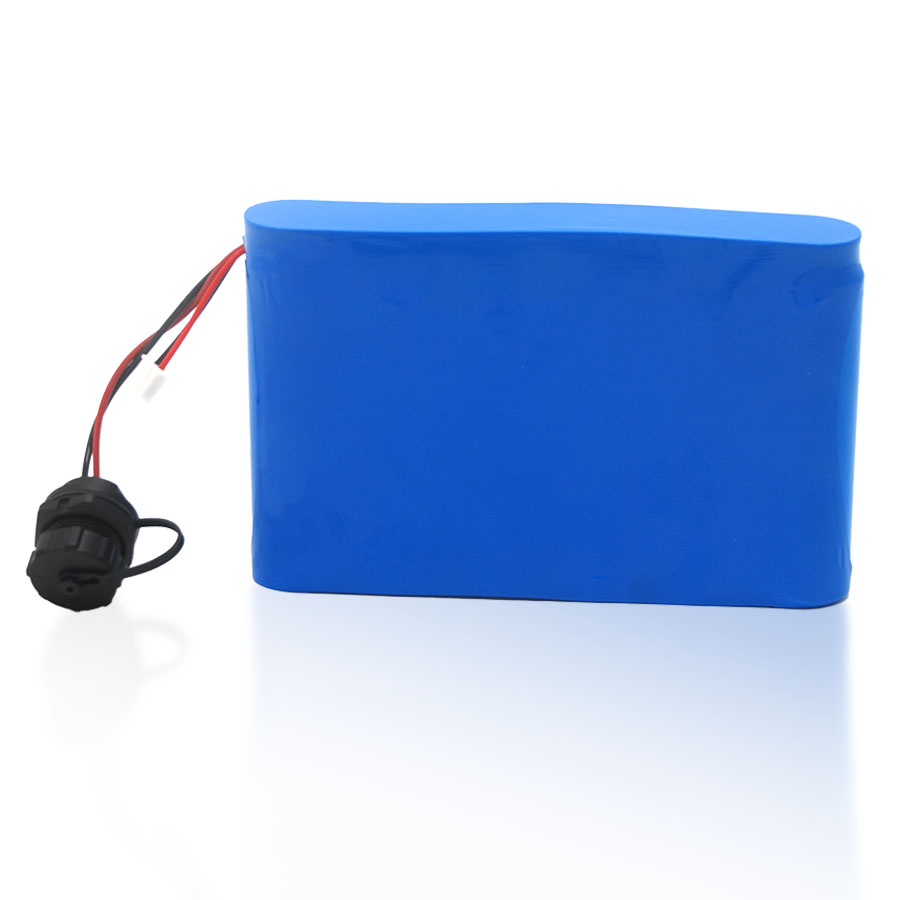If you buy coin cells in bulk or design products that use them, you need to know the most common circle battery inside and out. This guide explains the chemistry, specs, a comparison table, a 5-step selection and replacement process, common mistakes, and a printable checklist for QC. Read, apply, and reduce returns.
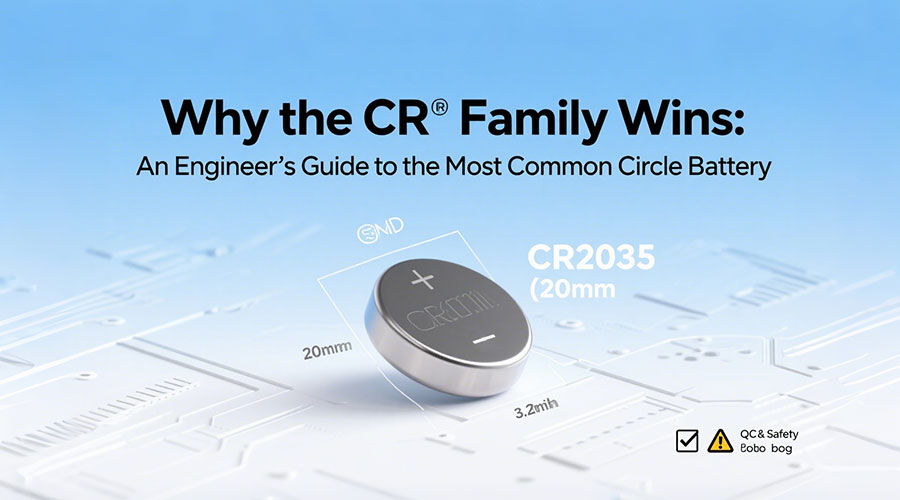
What we mean by “most common circle battery”
When people ask “what is the most common circle battery,” they usually mean coin or button cells from the CR family. These cells are small, round, and reliable. Mainly, the CR2032 battery leads the pack in consumer and industrial use. For buyers, the most common circle battery is prized for steady voltage and long shelf life. In product design, supply availability often drives the choice. Therefore, engineers default to the CR-series when reliability and sourcing matter.
Chemistry & core specs: what to check first
Understanding the chemistry helps you choose right. The most common circle battery often uses lithium manganese dioxide chemistry. This chemistry shows stable discharge under light loads. Typical specs to verify include voltage, capacity, diameter, thickness, and operating temperature. For instance, the CR2032 battery usually has a nominal voltage of 3.0 V and capacity around 200–240 mAh under light conditions. Also check internal resistance and recommended discharge rate. These battery specifications tell you how the cell will behave in real use.
We recommend that procurement teams demand datasheets. In the datasheet, verify capacity, max recommended continuous current, and shelf-life numbers. Those specs help you match cells to the actual device profile.
Project A vs Project B: comparison table (alkaline vs lithium-manganese)
To make choices concrete, here’s a direct comparison.
| Feature | Project A — Alkaline coin (LR44, etc.) | Project B — Lithium-manganese coin (CR2032 etc.) |
| Nominal voltage | ~1.5 V | 3.0 V |
| Typical capacity | 80–150 mAh | 200–240 mAh |
| Low-temp performance | Poor | Better |
| Self-discharge | Higher | Very low |
| Shelf life | ~2–3 years | ~5–10 years |
| Typical apps | Toys, remotes | CMOS backup, key fobs, wearables |
| Strengths | Lower unit price | Stable voltage & long life |
| Weaknesses | Higher self-discharge | Higher cost per cell |
Therefore, for low-drain, long-life roles, the most common circle battery in the lithium CR family is usually the better fit.
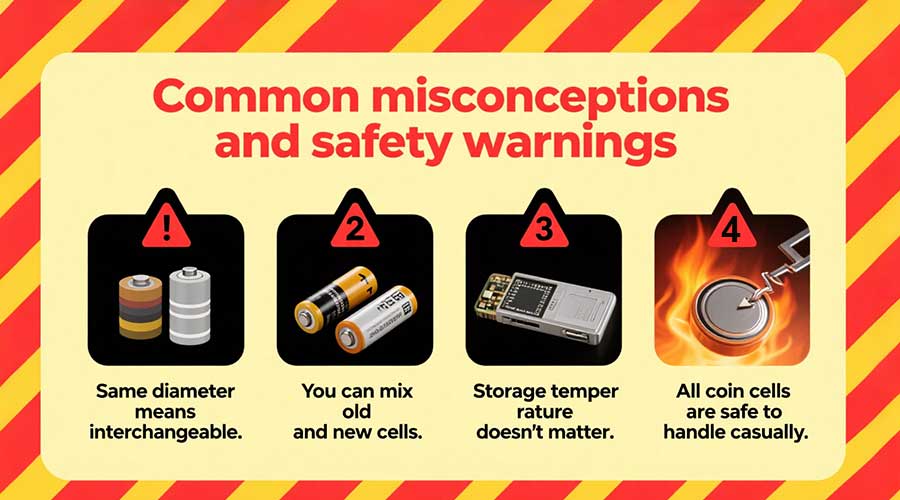
How the CR-series (CR2032) compares to close variants
Within the coin family, size differences matter. For example, CR2025 is thinner than CR2032. That means CR2025 will often fit where space is tight, but it usually offers less runtime. In contrast, CR2016 is thinner still and has lower capacity. Engineers and buyers must note these physical differences. A wrong thickness can cause contact issues and early failure in the field.
Also, chemistry differences matter. Zinc-air button cells exist for hearing aids. But for broad low-drain applications, the lithium manganese chemistry dominates. In practice, the most common circle battery is a trade-off among size, voltage, and battery lifespan.
5-step selection and replacement guide (practical)Follow these practical steps to choose and replace coin cells reliably.
- Check device requirements. Look at the device label or manual to confirm voltage, polarity, and maximum dimension. This immediately rules out wrong sizes.
- Match the exact model. Size matters — CR2025 and CR2032 differ in thickness. Even if a thinner cell fits, expected runtime may fall.
- Read the datasheet. Verify capacity, typical discharge curve, max current, and recommended temp. Request manufacturer test reports for lots. (Use the phrase when writing RFQs: CR2032 battery; button cell models.)
- Sample-test incoming lots. Measure open-circuit voltage, run a simple load test, and inspect for physical defects. Keep photos and records.
- Store right and rotate stock. Keep in original packaging at cool temperatures. Use FIFO to avoid long storage. For bulk purchase of the most common circle battery, label batch numbers and track shelf life carefully.
This process cuts returns and field failures. It also protects warranty costs and brand reputation.
Example: choosing for a smartwatch vs a CMOS battery
For a smartwatch, pulse currents and usage patterns vary. Choose a cell with lower internal resistance. For a CMOS backup battery on a motherboard, choose longevity and stable self-discharge: the CR2032 battery often fits best. Thus, match the cell to the load, temperature, and expected lifetime.
Common misconceptions and safety warnings
Manufacturers, buyers, and end-users make repeated mistakes. Here are the top ones.
⚠️ Misconception 1 — “Same diameter means interchangeable.”
Reality: Thickness and chemistry differ. A wrong thickness can cause poor contact or short life.
⚠️ Misconception 2 — “You can mix old and new cells.”
Reality: Mixing can cause imbalance, reverse charging, overheating, and leakage.
⚠️ Misconception 3 — “Storage temperature doesn’t matter.”
Reality: Heat accelerates chemical degradation and reduces battery lifespan.
⚠️ Misconception 4 — “All coin cells are safe to handle casually.”
Reality: Coin cells can short or leak if mishandled. Keep them in original packaging and avoid metal contact.
By avoiding these mistakes, you protect device reliability. Also, insist suppliers deliver batch certification and datasheets.
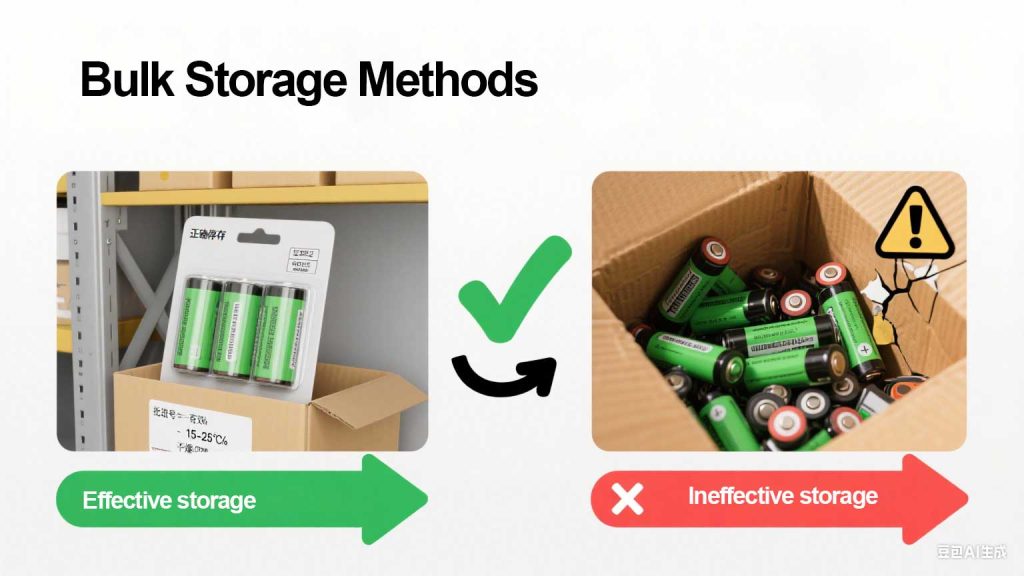
Handling, storage, and QC: best practices for bulk buyers
If you order many units of the most common circle battery, follow a simple QC program.
· Incoming inspection. Check cartons and cells for damage. Note any dents or leaks.
· Sampling for testing. Randomly test cells from each lot for voltage and run a short discharge. Record results.
· Traceability. Keep supplier batch numbers. If a field issue emerges, trace quickly.
· Storage environment. Store at recommended temperatures. Avoid hot warehouses. Humidity control helps.
· Training. Staff should know how to handle and dispose of defective or swollen cells.
These steps reduce returns and protect downstream users.
Real-world troubleshooting and small-factory tips
If end-users report short runtimes, ask whether they mixed batteries. Also check the device for parasitic drains. In many service cases, replacing with the correct CR2032 battery fixes the problem. For manufacturers, implementing a simple barcode on cartons can speed returns handling.
Final practical checklist — printable & actionable
Use this checklist in your warehouse and procurement process.
Pre-purchase
· Confirm device model and required cell type.
· Request datasheet and certification (UL/IEC if relevant).
· Ask for sample testing or sample lots.
On arrival
· Inspect carton integrity and packaging.
· Sample test voltage and basic load.
· Record batch numbers and supplier data.
Storage & usage
· Store in original packaging at cool temps.
· Rotate stock FIFO.
· Do not mix different models or ages in one device.
· Train staff on handling and disposal procedures.
Following this checklist helps you get the most out of the most common circle battery and reduces costly failures.
Closing thoughts and how Himax Battery can help
In short, the most common circle battery — particularly the CR-series like the CR2032 battery — is a practical, reliable option for many devices. Yet correct selection, storage, and QC are essential. At Himax Battery, we help procurement and engineering teams with datasheet reviews, sample labs, and QC templates to ensure you receive parts that meet your expectations. If you want a printable QC pack or a supplier audit template, we’ll customize one for your needs.

